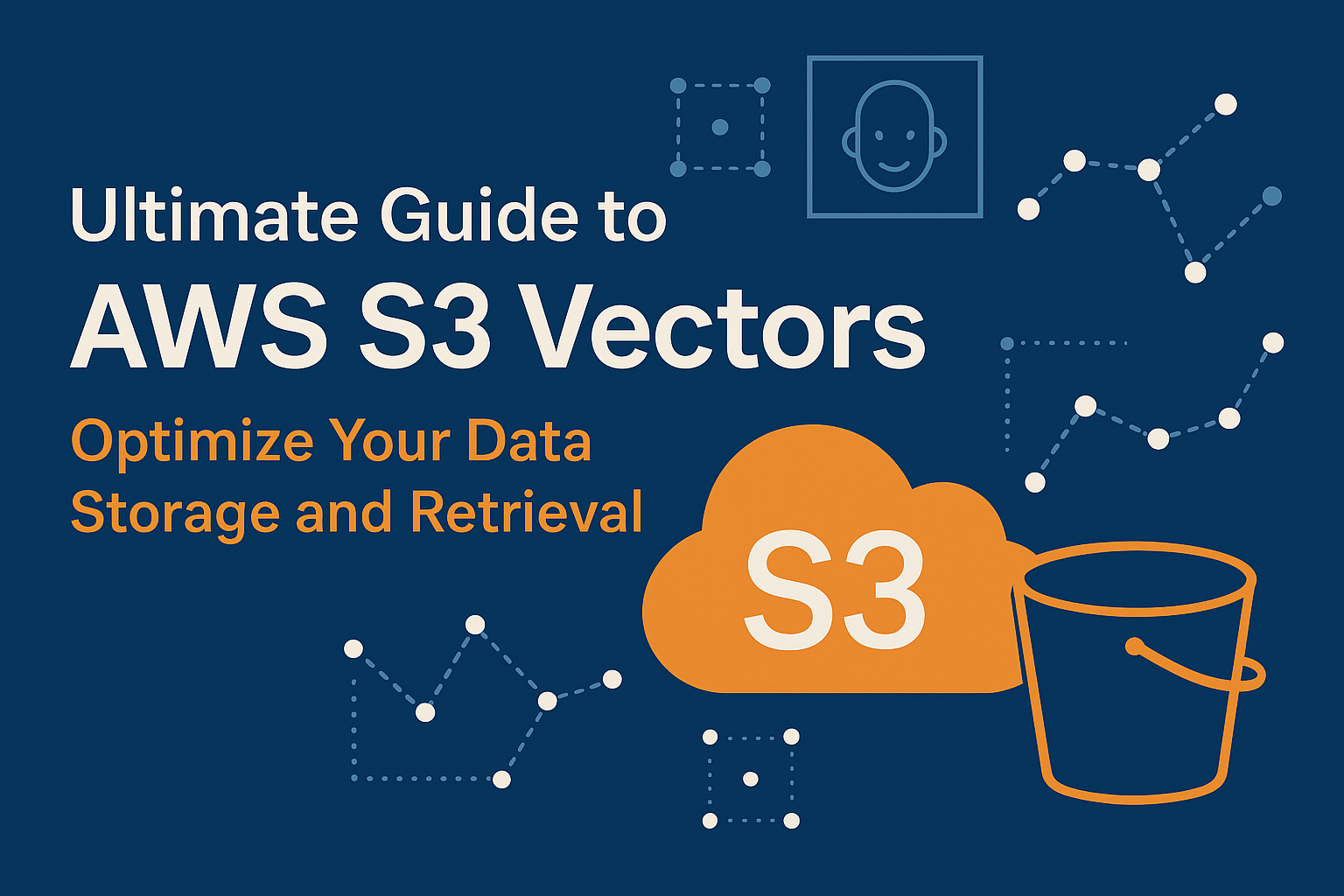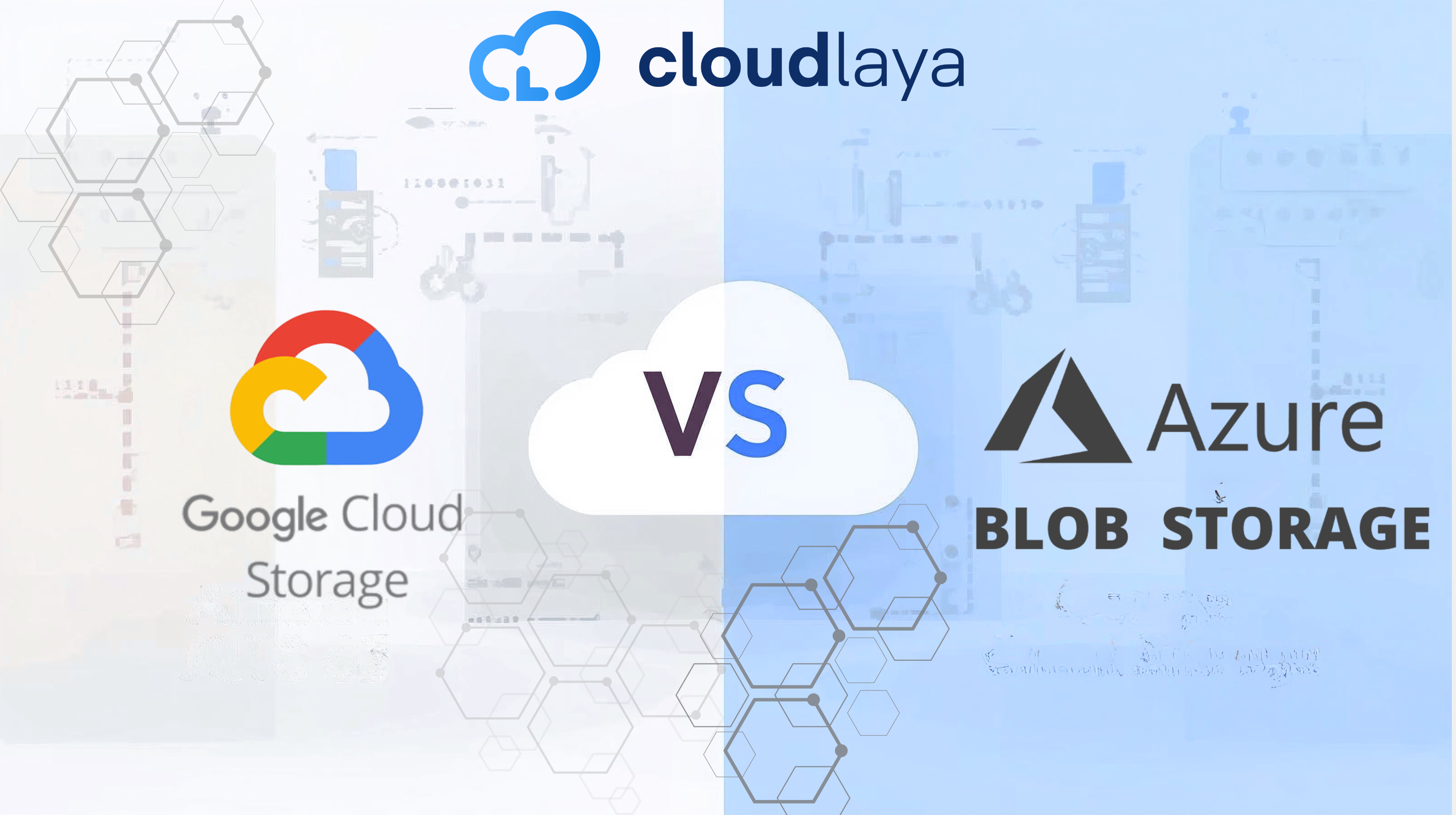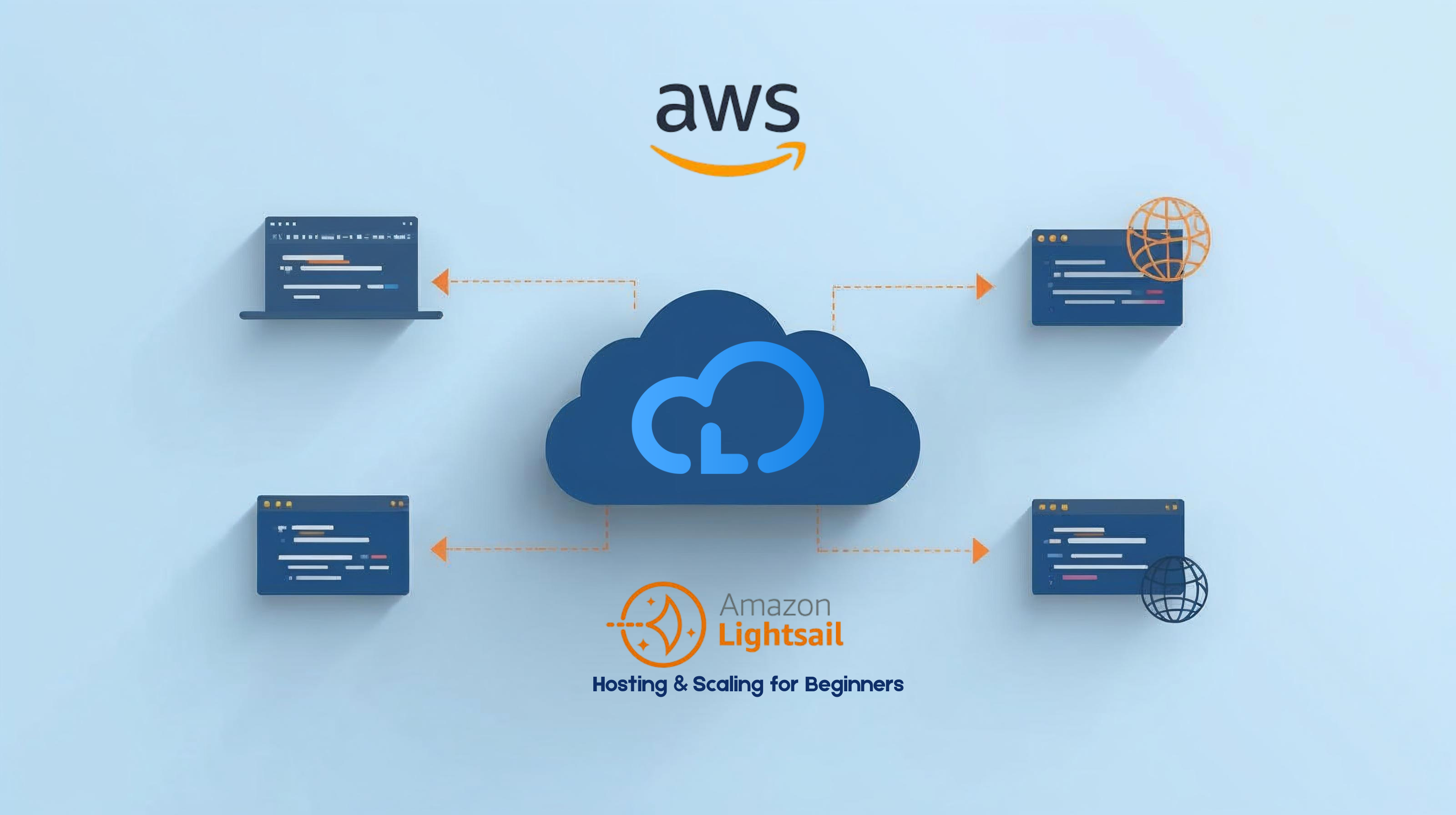
AWS S3 Vectors: The Ultimate Guide to Smarter Storage and Machine Learning Workflows
AWS S3 Vectors
Introduction
This is your all-in-one guide on AWS S3 vectors. In the ever-changing landscape of cloud computing, Amazon Web Services (AWS) remains an industry leader because of its innovative and powerful solutions. One of these is AWS S3 (Simple Storage Service) which provides unparalleled ease for utilizing data.
In this guide, we will explain the important aspects of AWS S3 vectors and how you can use them to improve your data retrieval and storage strategies. Whether you are a data scientist, developer, or business professional, this guide has all the details you need to benefit from AWS S3 vectors.
What are AWS S3 Vectors?
Definition and Explanation
Let’s get started with the fundamentals. AWS S3 vectors are data shaped as vectors and stored in Amazon S3 buckets. Vectorization is a process that transforms data into numerical form. It enables the efficient use of trained machine learning models and other automated systems. Storing data in S3 as vectors not only improves application performance but also enhances application scalability.
Why Vectorization Matters
Vectorization matters because algorithms work better when complex data sets are simplified. Take machine learning as an example; models are able to train on vectorized data, which improves the efficiency of model training. This, in turn, provides better insights and predictions.
Types of Vectors
| Type of Vector | Description |
|---|---|
| Numerical Vectors | Arrays of numerical values representing data points. For instance, a vector representing a customer’s purchase history might include the quantities of different products bought. |
| Image Vectors | Pixel values of images converted into vector format. Imagine an image of a cat represented as a vector of pixel intensities. |
| Text Vectors | Word embeddings or token vectors representing textual data. For example, a sentence might be represented as a vector of word embeddings that capture the meaning of the text. |
Benefits of Using AWS S3 Vectors
Scalability
Your data storage requirements will determine the need for AWS S3. Whether you need a few gigabytes, or several petabytes, S3 can single-handedly manage it all without streaming additional infrastructure. This scalability is very helpful to businesses with rapid growth or those with ever-changing data storage requirements.
Example: Consider a startup that starts with a small dataset but undergoes an exponential surge. AWS S3 ensures the startup can scale up effortlessly to increase storage capacity, enabling effortless data management with no complications.
Cost-Effectiveness
Compared to other storage models, AWS S3 pays only when data is retrieved, leveraging a pay-as-you-go model, which makes it cost-effective. On-premises solutions tend to use up more expenses with maintenance and upfront investment.
(Visual: Include a comparison chart showing the cost differences between AWS S3 and traditional storage solutions over time.)
Integration with AWS Ecosystem
S3 works hand-in-hand with other AWS services such as Amazon SageMaker, AWS Lambda, and Amazon EC2. This makes it easier to create complete data pipelines and machine learning workflows. For example, S3 allows you to store training datasets and seamlessly integrate them with Amazon SageMaker for model training.
Security and Compliance
AWS S3 comes with powerful security features such as encryption both at rest and in transit, access control policies, and industry-standard compliance like GDPR and HIPAA. This guarantees that your vector data is protected and compliant, serving regulatory needs while giving you peace of mind.
Use Cases for AWS S3 Vectors
Machine Learning
- Storing Training Datasets: With S3, you can store large datasets to train machine learning models. For example, if you’re implementing a recommendation engine, you can keep the user and item embeddings in S3, making them available for the model training later.
- Retrieving Vector Embeddings: Retrieve vector embeddings for real-time inference in applications like chatbots.
Processing Images and Videos
- Storing Image and Video Data: S3 Storage provides processing solutions for image and video data for computer vision applications.
- Computer Vision Applications: Use vectors for object detection and facial recognition.
Analysis of Genomic Data
- Genomic Data Storage and Analysis: Store and analyze genomic data for bioinformatics research.
- Bioinformatics Applications: Leverage S3 vectors for sequencing and disease prediction.
Systems for Recommendations
- User and Item Embeddings Storage: Store user preferences and item attributes in S3 for recommendation models.
- Creating Personalized Recommender Systems: Use stored interaction data to build personalized recommendations.
Starting Off with AWS S3 Vectors
Creating an S3 Bucket
- Log in to your AWS account and go to the AWS Management Console.
- Click S3 and select Create bucket.
- Assign a globally unique name and choose the region closest to your users.
- Enable versioning and logging for better tracking.
- Set access permissions using bucket policies and ACLs.

Upload Your Vector Data
- Navigate to your S3 bucket, click Upload, and choose your vector files.
- Add metadata and select a storage class based on your access patterns.
- Click Upload and monitor progress in the console.
Accessing Your Vector Data
- Use AWS SDKs or CLI for programmatic access.
- Integrate data into your ML models or applications.
Best Practices for Managing AWS S3 Vectors
- Data Collection: Use consistent naming conventions and organize data into folders.
- Usage Monitoring: Track S3 usage and set alarms with AWS CloudWatch.
- Cost Optimization: Apply lifecycle policies, Intelligent-Tiering, and delete unnecessary files.
- Security: Enable server-side encryption and regularly review IAM policies.
Common Challenges and Solutions
| Challenge | Solution |
|---|---|
| Data Retrieval Speed | Use S3 Transfer Acceleration for faster transfers. |
| Data Consistency | Enable versioning to maintain multiple object versions. |
| Cost Management | Use Intelligent-Tiering to reduce storage costs. |
FAQ
1. What are AWS S3 Vectors?
AWS S3 vectors refer to data stored in Amazon S3 in a vectorized form, which means the data is organized in arrays of numbers. This structure is common in machine learning and AI since it expedites the processes of data handling as well as model training.
2. Why should I use AWS S3 vectors instead of raw data?
Vectors simplifies the models data structure hence increasing precision while reducing computations. Storing the vectors in AWS S3 makes access during AI workflows scalable, inexpensive, and secure.
3. How do I store vectors in AWS S3?
Create an S3 bucket from the AWS Management Console, then, using libraries like NumPy, Tensorflow or Hugging Face, convert raw data into vectors and upload them to AWS Console, CLI or SDK. Uploading through the console provides a user-friendly graphical interface for uploading files.
4. Is storing vector data in AWS S3 secure?
Absolutely. AWS S3 has cutting-edge security features such as encryption for both stored and in transit data, IAM access controls, along with regulatory compliance of GDPR and HIPAA.
5. What are the most common applications of AWS S3 vectors?
You typically find AWS S3 vectors in ML training pipelines, recommendation systems, computer vision tasks like facial recognition, and analyzing genomic data in healthcare and bioinformatics.
6. What is the cost of storing vectors in AWS S3?
AWS S3 has a pay-as-you-go pricing strategy. The selected storage tier, volume of data kept, and data transfer rates influence pricing. Cost saving is possible through lifecycle policies and S3 Intelligent-Tiering.
7. Do vectors stored in AWS S3 have the capability to be combined with other services from AWS?
Absolutely. AWS S3 works in tandem with Amazon SageMaker for ML, AWS Lambda for serverless functions, and Amazon EC2 for elastic processing. As a result, it eases the creation of AWS data workflows.
8. What steps should I take to ensure efficient retrieval of AWS S3 vectors?
AWS SDKs (such as Boto3 for Python) and AWS CLI allow access to vectors. Global retrieval is facilitated by enabling S3 Transfer Acceleration, which boosts transfer rates using Amazon’s edge network.
9. What challenges can arise with AWS S3 vectors?
Retrieving data stored over long distances can be costly and version control can become more cumbersome. These issues can be mitigated by enabling Transfer Acceleration and Versioning as well as using Intelligent-Tiering for savings.
10. Can AWS S3 vectors be used for real-time applications?
Absolutely. Embeddings stored in AWS S3 can be retrieved instantly which is useful for recommendation engines, chatbots, fraud detection systems, and other AI-powered applications.
Conclusion: Why AWS S3 Vectors Are the Future of Data Storage
Businesses require versatile solutions that offer security and scalability these days as data is constantly growing. AWS S3 vectors provide a seamless solution as they transform raw data into vectorized formats, enabling accelerated ML workflows and effortless cost savings within the AWS ecosystem.
In the competitive cloud landscape, AWS S3 vectors offer users maximum flexibility coupled with industry-leading performance, be it developing recommendation engines, working on computer vision, or managing genomic datasets.
It is best to pivot from traditional means of storing data now. Start forgoing old-fashioned CSVs files to storing data in a vectorized form and using AWS S3 for maximum efficiency. This will greatly optimize your ML and AI workflows.

